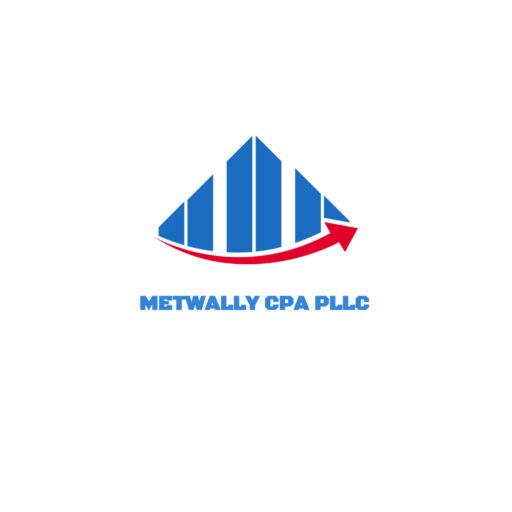New Standard
You have probably heard about the ASC 842 new lease accounting standard issued by FASB, and you’re probably not sure what it is and how to implement it. If you are a small business owner who only leases an office space, read on, this is for you.
The new standard governs how entities record the financial impact of their lease agreements. Among other changes, it requires all public and private entities reporting under US GAAP to record the vast majority of their leases to the balance sheet. Before the standard, for any operating lease (i.e. renting an office space), you would record the rent expense and cash payment when paid, whether you are on cash basis, or when it’s due, if you are on accrual basis. These leases and others were called “off-Balance Sheet” as they were not recorded on the balance sheet as assets or liabilities. The new standard requires that an asset and a liability be booked on your balance sheet to account for your office space lease only if it is longer than 12 months (a lease with a term longer than 12 months).
Effective Date
For private companies (assuming the reader is a private business owner, i.e. LLC S. Corp), then the effective date for implementing the ASC 842 for the annual reporting periods of private companies and nonprofit organizations began after December 15, 2021. This means private companies and not-for-profit entities must implement the standard starting in 2022.
Implementation
There are two steps to implement the new standard. First, you need to book the lease asset and lease liability on your balance sheet in Year 1. Second, you need to amortize your assets and liability every year thereafter. Follow the steps below:
Step 1
In Year 1 or the implementation year, you will need to calculate the present value of future rent payments and book Right of Use Assets (AKA ROU Asset) and Right of Use Liability (AKA ROU Liability).
Step 2
- Reduce the ROU asset by the annual rent expense.
- Record cash payment for rent and decrease ROU liability.
- Increase the ROU liability by interest accrued.
Example
Assume you signed a lease to rent an office building for 5 years starting on 01/01/2022. Assume your annual payment is $5,826 and your discount rate is 14%. You can use the risk free rate, which is the US Treasury rate. It is about 3.75% as of the date of writing this article.
Step 1
Calculate the Present Value of ROU Asset and ROU Liability as follows:
Year | Payments | PV of Payments |
1 | 5,826.00 | $5,110.53* |
2 | 5,826.00 | $4,482.92 |
3 | 5,826.00 | $3,932.38 |
4 | 5,826.00 | $3,449.46 |
5 | 5,826.00 | $3,025.84 |
Total Payments | 29,130.00 | $20,001.13 |
* PV = PV (14%,5826,0,1 )
Once you calculate the present value of future payments, it’s time to add your ROU Asset and ROU Liability to your balance sheet by booking the below entry:
Dr: ROU Asset $20,001
Cr: ROU Liabilities $20,001
Step 2
- Now you need to reduce your ROU asset by the rent expense annually on a straight line basis as follows:
- Dr: Rent Expenses $4,000 (ROU assets from Step 1 above $20,000/5 yrs).
- Cr: ROU Assets Accumulated (Accumulated contra asset account similar to Fixed Assets accumulated depreciation).
- Record the payments made and interest accrued:
- To accrue interest for Year 1: $20,000 * 14%= $2,800, then Dr: Rent Expense of $2,800 (not interest expense).
- To Record cash payment, Cr: Cash $5,826 (actual payment made).
- Plug in Dr: ROU Liability by the difference between them $3,026 and the entry will look like the following:
Dr: Rent Expense $2,800
Dr: ROU Lability $3,026
Cr: Cash $5,826
That’s it. You will need to repeat Step 2B every year, so it’s easier to create a table similar to the example below. At Year 1 and onward, book the entry each year.
Year | Beg Bal | Interest | Payment | Ending balance |
1 | 20,001 | 2,800.16 | 5,826.00 | 16,975.29 |
2 | 16,975.29 | 2,376.54 | 5,826.00 | 13,525.83 |
3 | 13,525.83 | 1,893.62 | 5,826.00 | 9,593.44 |
4 | 9,593.44 | 1,343.08 | 5,826.00 | 5,110.53 |
5 | 5,110.53 | 715.47 | 5,826.00 | – |
Please contact me if you have any questions or if you need the above calculation in Excel.


